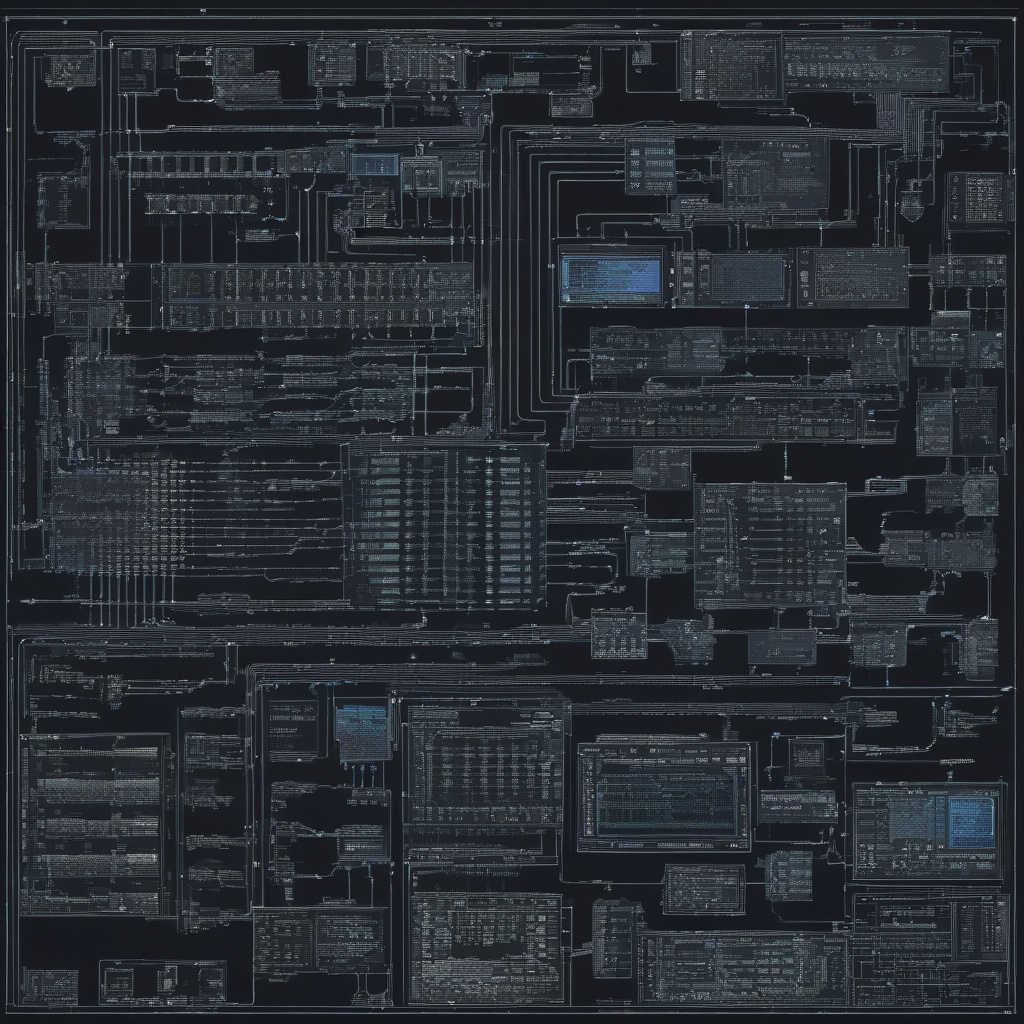In the world of software development, ASCII diagrams have emerged as a valuable tool for developers. These simple yet effective visual representations offer a way to illustrate complex system architectures, data flows, and processes using basic characters. While graphical tools have their place, ASCII diagrams provide a lightweight and versatile alternative that can be easily shared and version-controlled directly in code repositories.
One of the key reasons developers should consider using ASCII diagrams is their accessibility and portability. Unlike specialized diagramming tools that may require specific software or plugins to view, ASCII diagrams can be created and viewed using any text editor. This means that developers can seamlessly integrate diagrams into their code documentation, README files, or even version control commit messages without worrying about compatibility issues.
Moreover, ASCII diagrams promote a more hands-on and interactive approach to visualizing system designs. By crafting diagrams manually using characters like dashes, pipes, and slashes, developers engage more deeply with the underlying structure of their systems. This hands-on process can lead to a better understanding of the architecture and help identify potential design flaws or inefficiencies early in the development cycle.
For instance, consider a scenario where a team of developers is collaborating on a microservices architecture. Using ASCII diagrams to sketch out the interactions between different services can provide a quick and intuitive overview of the system’s components and their relationships. This kind of visual representation can facilitate discussions, clarify design decisions, and ensure that everyone is on the same page, all without the need for specialized diagramming tools.
Furthermore, ASCII diagrams are particularly well-suited for including in technical documentation, especially when it comes to illustrating command-line interfaces, file structures, or data formats. Instead of relying on screenshots or complex graphical diagrams, developers can use ASCII art to create clear and concise representations that are easy to update and maintain as the codebase evolves.
In conclusion, ASCII diagrams offer a lightweight, accessible, and interactive way for developers to visualize system designs, document technical concepts, and foster collaboration within development teams. By incorporating ASCII diagrams into their workflow, developers can enhance communication, streamline documentation, and gain a deeper insight into the inner workings of their software systems. So, the next time you’re mapping out a system architecture or documenting a complex process, consider reaching for your trusty text editor and unleashing the power of ASCII art.

